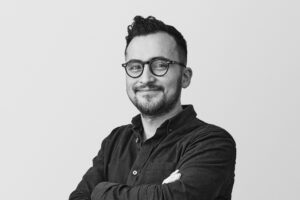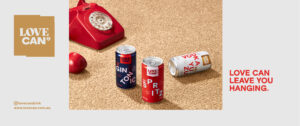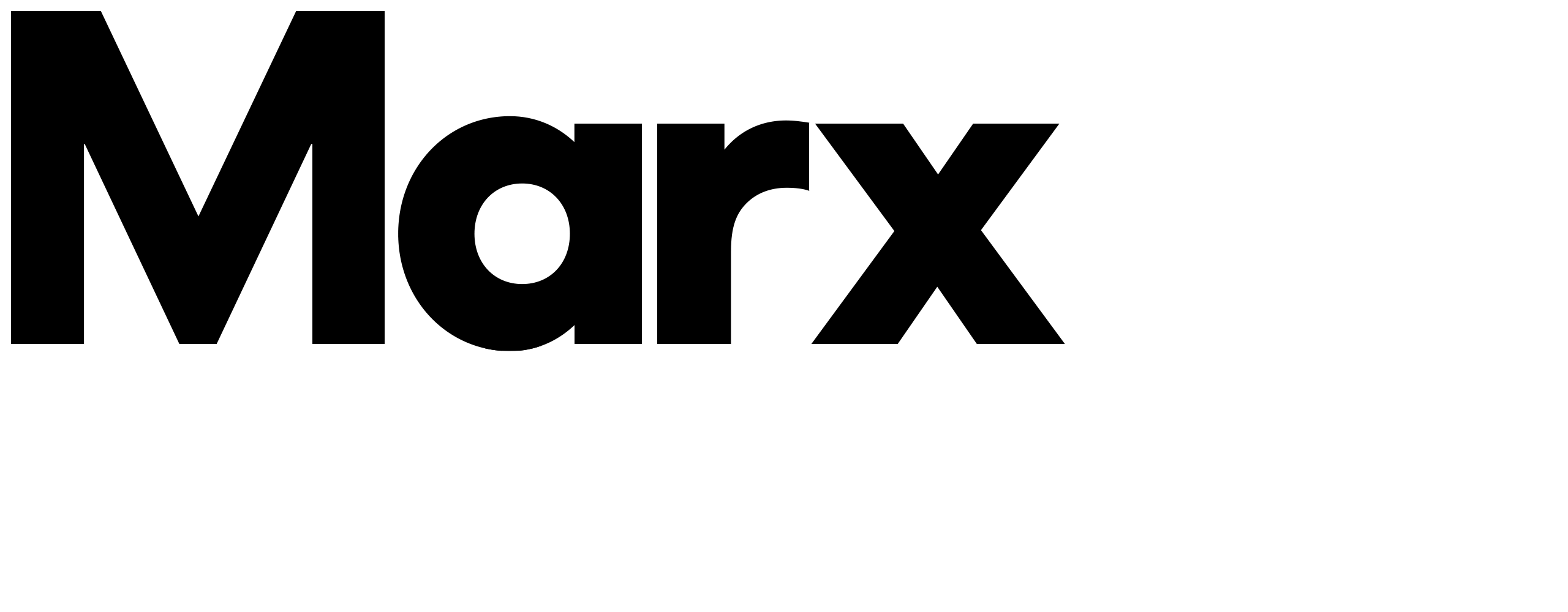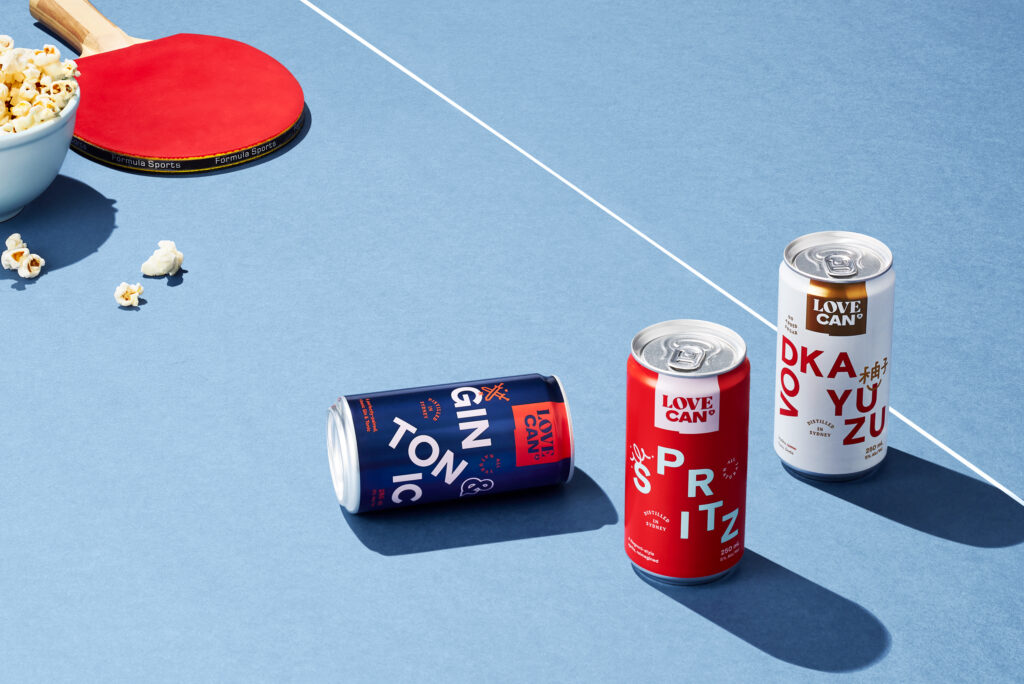Can you tell us a little bit about who you are, what your background is, and how you first got started in the industry?
I am a Colombian immigrant with a background in advertising. My career in New Zealand started when Interbrand offered me a permanent position after I freelanced on some crazy fast projects for them over a weekend. The switch from communication design to graphic design was a difficult one, they both focus on an idea, but the thinking process involved is vastly different.
Advertising is fast, punchy and memorable and design has a slower tempo, is more considered and systematic. I believe the different process is due to their life cycles: packaging design can be on a shelf for years, but a billboard is only exposed to the public for maybe a month or two. It’s a big responsibility to design something that is going to be around for that long, in my opinion this is why it’s important to give every client your best. I remember doing a lot of all-nighters at the start… But hey some of my work from that time, is still around to this day e.g. Memphis Meltdown pack.

What does your typical working day involve?
I normally wake up around 4:30am, I have a 1 year old baby and he has become my alarm clock. 5:30am I go to the gym to do some cardio to get the blood flowing. 6:30am I shower and have breakfast at Marx Design, perks of having an office building designed to be a home. 7:30am I like to meet up with the directors before our daily WIP on project progress. 8:30am divide the tasks of the day in batches as I always split my ideas into timed sections, I found that this is the best way to keep within budget. 12:30pm last night’s leftovers from ‘my veggie food bag’ for lunch. 6:45 pm get home to bath Theo, do the dishes and take out the trash… Bit of Netflix or Mubi and then bedtime by 9:30pm. Early bedtime but not much sleep. My all-nighters now are helping raise a human, so that’s pretty exciting stuff.
What project will you be talking about today?
I am going to talk about Love Can. The collaboration of ‘Poor Toms Distillery’ and ‘StrangeLove Sodas’. Our client James Bruce saw a gap within the market at the time and he decided to fill it with Love Can. He was right too. Only a year ago there were no craft ‘Pre-Mixed Alcoholic Drinks’ in the market, look at that space now, within the last 6 months the product offering in that sector has grown exponentially.

What was the most challenging part of the project and what lessons did you draw from it?
This project was a collaboration between two businesses so creating a graphical brand style that satisfied all partners expectations was challenging but very fun. Essentially our process was to create a series of mood-boards, these were so well thought out that each element ended up being used as part of the packaging and branding touch points. Once we cracked that, everything was a lot easier. Love Can was pitch-perfect: the client wanted to do something brave and that aligned so well with our ambition of pushing what a ‘can’ design can be. Also, it helped to have Ryan Marx guiding the project like this along the way, I’ve never met anyone with the ability to translate very little feedback into a graphic system with such fluidity. It’s almost second nature to him. During this project he was like a Colombian shaman, a lot taller and with a Kiwi accent but with the same freaky wisdom and instinct.
What have you been working on recently?
We have been working on a minimalist beverage project, a typographic packaging refresh for a Coffee brand and an alternative Australian brand that makes probiotic ice cream. I feel very hopeful about all of them. I don’t care if that’s naive under the global situation, I am an optimist. I think the world needs people to look at the future, not on what it could be, but what they want it to be.
2020 has thrown us some curveballs, how has Marx design adapted?
At Marx Design we are not afraid of change… We embrace it. Marx is a company that knows what it is about and where it wants to go. I believe that this clarity allows it to make decisions quickly, modify processes and adapt to harsh circumstances without changing it’s core. Maybe change is not the right word… During Covid we were faster, slimmer and we managed to produce a sizeable amount of work that you’ll see on our website very soon. Some external projects were put on hold, so we decided it was time to work on ourselves.

What do you hope for the future of design in New Zealand?
I want to see New Zealand as the new Scandinavia in terms of environmental design. I believe we have the determination, the intelligence and the skill to get there. Ever since I set foot in NZ I’ve always been fascinated on how New Zealanders are very much alike. Just compare our response to Covid to the rest of the world. New Zealanders are united in mind and in action… It’s a nation that acts and thinks like one. That is a powerful thing. Especially when you translate that into changing the world. I’ll give you an example, I buy nappies for my son that are compostable by a company called ‘Little and Brave’ I think their business model is quite unique. Their success is not only saving the planet but also letting big diaper producers know that New Zealanders prefer to spend more if the product is environmentally friendly. That means it is profitable! Another example of Kiwis acting as one.
And finally, where to next for you? What areas of your work or personal development are you hoping to explore further?
As English is not my mother tongue, I’ve always felt my projects lacked a bit of that language flare. I want to get better at writing, speaking and presenting. I would love to create beautiful narratives between brand design and brand language… Where information is not just there but is delivered with a carefully defined tone of voice and a crafted personality too. Maybe do more interviews like ‘Under the Hood’.

